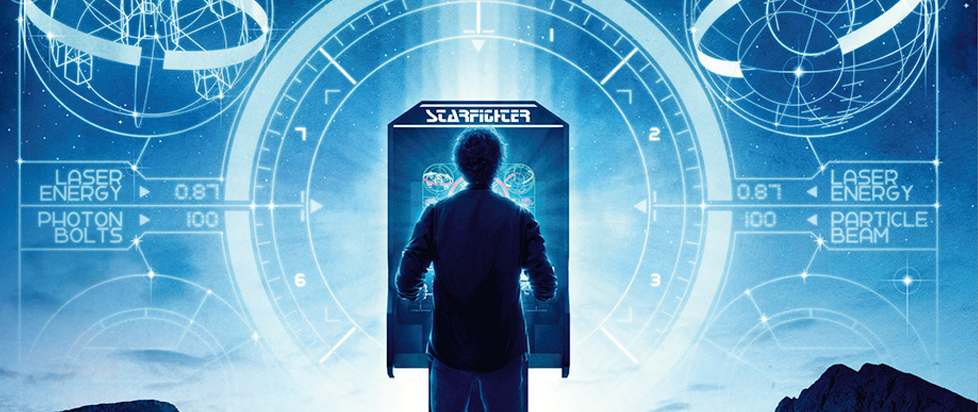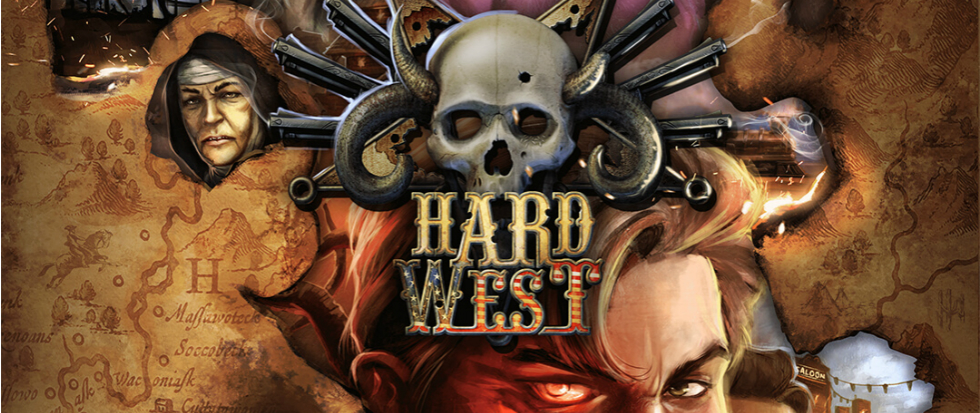
Things Change: the Last Starfighter on Blu-Ray
“You’re walking away from history! History! Did Chris Columbus say he wanted to stay home? What if the Wright Brothers thought that only birds should fly?”
Add The Last Starfighter to the list of movies I was positive I had seen but actually hadn’t. Which is ironic, given that my story “Invaders of Gla’aki” is basically a weird horror riff on it. Of course, I’m not the only one who has riffed on The Last Starfighter over the years, which may be one of the reasons it feels so familiar.
Fundamentally, Ernest Cline’s Ready Player One is Starfighter – complete with the “blue collar kid from a trailer park makes good” setup – with this film’s Frontier and Ko-Dan armada replaced by endless references to pop culture. And while the 1984 flick it directly mentions might be Footloose, where would Guardians of the Galaxy be without this picture?
So maybe those are some of the reasons I thought I had seen it, but there’s also the basic familiarity of it overall. It is, in a lot of ways, the quintessential ‘80s feel good PG sci-fi movie – a point that critic Amanda Reyes makes in her essay in the booklet that accompanies the new Arrow Video Blu.
Meaning that, even if you haven’t seen it, you’ve seen a movie very like it. I’m also fairly certain I spent a lot of time mixing it up with Flight of the Navigator, another movie that I am pretty sure I’ve seen when I was a kid, but may not have.
That being said, here’s a partial list of things that I didn’t know about The Last Starfighter, even though I was very familiar with its basic plot:
- It was directed by Nick Castle, (one of) the guy(s) who played the “Shape” in the original Halloween. Adding to this, I was also not aware that Castle also directed Major Payne. So that’s … information you now have.
- The good guy aliens in this (and the lead bad guy, played a million miles over the top by Norman Snow) look like Oompa Loompas if Oompa Loompas had been a part of Starfleet.
- In fact, this is a freaking Halloween reunion tour, because our lead, Lance Guest, was in Halloween II, and his Bossk-lite lizard navigator buddy is none other than Dan O’Herlihy, better known as Conal Cochran from Halloween III. “It was the start of the year in our old Celtic starfighters, and we’d be waiting in our mobile caves that don’t go anywhere. The Frontier would be down, you see, between the real and the really bad early CGI, and the space Oompa Loompas might be looking in to sit by our keyboards of lots of triangular lights.”
Speaking of the really bad CGI, we’re going to need to speak of it, because it is a huge part of the movie. It was, of course, at the time, cutting edge CGI. In fact, roughly half of the booklet accompanying the Arrow Blu is devoted to an effusive essay written by science fiction author Greg Bear in 1984, originally for Omni magazine – though it never saw print there – enthusing about the potential of the form.
“It will look as real as anything else in the finished motion picture,” he writes, describing what he is positing as a hypothetical situation. Of course, “the scenario is a technological fantasy, not to be realized for years, perhaps decades to come,” he continues. “And if you believe that, you haven’t been keeping track of recent advances in the incredible field of computer graphics. It is happening now.” Sure it is, Greg.
Fortunately, he’s also sufficiently self-aware to point out that, “I suspect the last few pages of this piece will date badly as time goes by.”
Regardless of Bear’s enthusiasm, the CGI in Starfighter has, indeed, dated badly. Remember that this was nearly a decade before The Lawnmower Man, with its own incredibly dodgy CGI. At least TRON was intended to take place inside a video game. Which makes much of The Last Starfighter look like absolute hell, I’m sad to say, but which also makes it a fascinating time capsule.
By the time Lawnmower Man did it poorly, bad CGI had become de rigueur. But in Starfighter’s time, this was still out on the bleeding edge. “Using two powerful Cray super-computers and a phalanx of other machines,” Bear writes, in his painstakingly-detailed discussion, “Digital Productions is taking a gamble – some say a big gamble – by committing itself wholeheartedly to the future.”
Science fiction has never been great at accurately predicting the future – which is, after all, not its real job. But it is often very good at providing us with something else: a stark portrait of what the past thought its future was going to look like. Starfighter isn’t that kind of sci-fi, but it gives us that portrait nonetheless, thanks to its high-tech yet instantly dated CGI.
One need only compare the space scenes in this flick to those in Star Wars – the film to which Starfighter obviously owes the most significant debt of its own, from its hayseed protagonist to its motley-yet-briefly-glimpsed assortment of rubber aliens – nearly a decade earlier to see how much better the latter have held up than the former.
But the gamble that Starfighter took wasn’t off the money. Computer graphics really were the future of how these kinds of films were going to get made, and Bear’s passionate descriptions of how real and dynamic the effects in Starfighter were intended to be could easily be applied, without changing a single word, to the latest Marvel movie or, indeed, Star Wars flick. And in thirty-five years’ time, someone like me might be writing about how quaint they look compared to whatever has become the standard by then.
As one of the characters in the movie tells our white bread protagonist, “Things change. Always do.”





